Easy Small Bundt Cake Recipe
- July 17, 2024
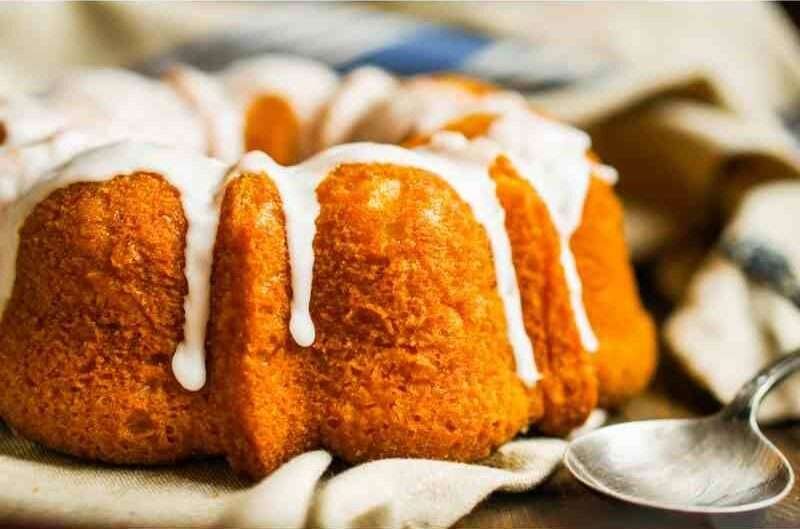
-
Prep Time30 Mins
-
Cook Time1 hour
-
Serving8
-
Ready In1 hour 30 mins
Easy Small Bundt Cake Recipe! Yes, today’s recipe is all about Easy Small Bundt Cakes. Alongside various other popular cakes, Bundt cakes have gained immense popularity recently, and their appeal continues to grow day by day. The reason lies in the ease of preparation. These cakes can be effortlessly made and served at various small festivals and events. Today, I will guide you through the complete process of making an easy small Bundt cake and share comprehensive information about this delightful treat. I’ll specifically describe a super moist Easy (a vanilla Bundt cake, to be precise). So, without further ado, let’s dive into this wonderful cake recipe!
A Bundt cake is a type of cake that is baked in a Bundt pan. It was originally inspired by traditional European cakes. The word “Bundt” is believed to derive from the German word “Bund,” as the dough is molded around the pan’s corrugated center.
Ingredients 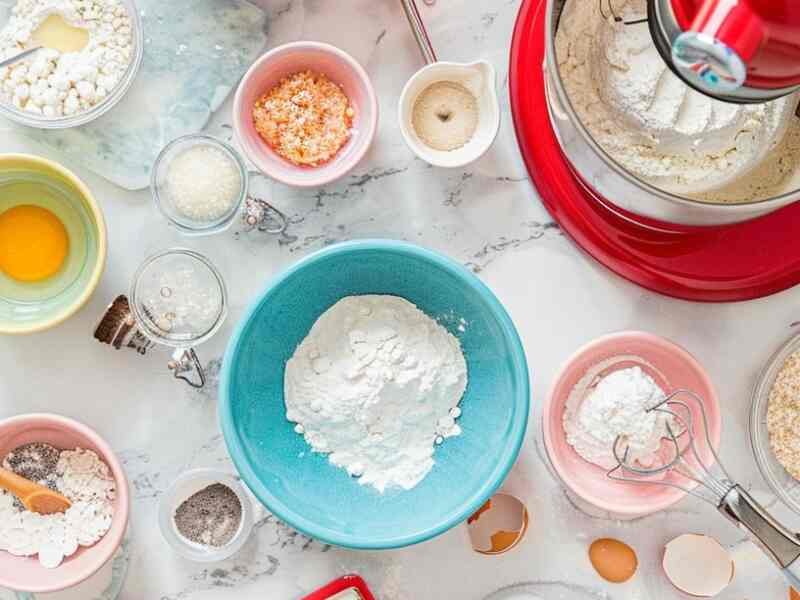
Initially, there was uncertainty about the necessary ingredients for making an Easy Small Bundt cake. I will present the recipe and details of the Super Moist Easy Small Bundt Cake. Here is a list of the basic ingredients you will need: yogurt, sugar, flour, milk, butter, eggs, and a few additional items. The complete recipe and additional requirements are explained below.
Yogurt: Vanilla yogurt is recommended, but plain yogurt can also be used. It is crucial for retaining moisture in the recipe, which is essential for maintaining the cake’s texture.
Sugar: High-quality white sugar is essential to achieve the desired level of sweetness. Granulated sugar is preferable for this purpose.
Flour: Flour is a key ingredient in our recipes, and wheat flour is the best choice. It is advisable to avoid flour from other grains and opt for baking flour if needed.
Milk: Oat milk is preferred for this recipe to ensure good-quality, creamy milk suitable for baking. Choose milk that is not overly sweet, according to your preference.
Butter: Salted butter is a necessary ingredient, whether dairy-free or regular. Avoid adding extra salt to the recipe to maintain the right balance.
Egg: We need one whole egg for the recipe. Some recipes use only egg yolks, but using the entire egg provides the best texture.
Additionally, for making a vanilla Bundt cake, you will need:
- Vanilla Extract: Vanilla is essential for achieving the appropriate taste.
- Baking Soda and Baking Powder: Both are crucial for the cake’s rise.
For the glaze, you will need:
- Powdered Sugar: This forms the base for vanilla or lemon-flavored glazes.
- Milk: Used to achieve a smooth consistency with powdered sugar.
The flavor of the glaze can be adjusted depending on whether you use vanilla or lemon.
Material Replacements for Easy Small Bundt Cake
In situations where you may lack certain ingredients for this easy small Bundt cake, there’s no need to worry. Here’s a guide on ingredient substitutions to ensure your cake can still be made:
- Milk: Any type of milk can be used in this recipe. While oat milk is used here, any dairy milk will suffice.
- Flour: It is recommended to use cake flour specifically in this recipe. Avoid using flour made from other grains.
- Yogurt: If you don’t have the recommended yogurt, you can use any available yogurt or normal curd without any issues.
- Butter: Unsalted butter is used in the recipe, but you can use salted butter by adjusting the salt content in the cake. Alternatively, coconut oil can be used as a substitute for butter.
How to Make Easy Small Bundt Cake Recipe
Now, let’s go through the step-by-step process of preparing this simple and delicious Bundt cake recipe. I’ll explain the entire procedure clearly and straightforwardly. Take your time and follow the instructions carefully.
Step 1: Preheat the Bundt cake pan to 345-350 degrees F and generously grease it. Ensure it’s well coated. Grease it thoroughly, and if desired, apply another coat. Monitor the temperature consistently.
Step 2: Prepare the buttermilk: Combine yogurt and milk. Optionally, add lemon juice for the glaze. Let it sit for 4-5 minutes to achieve a buttermilk-like consistency.
Step 3: In a mixing bowl, thoroughly whisk together baking soda, baking powder, salt, and flour to ensure there are no clumps.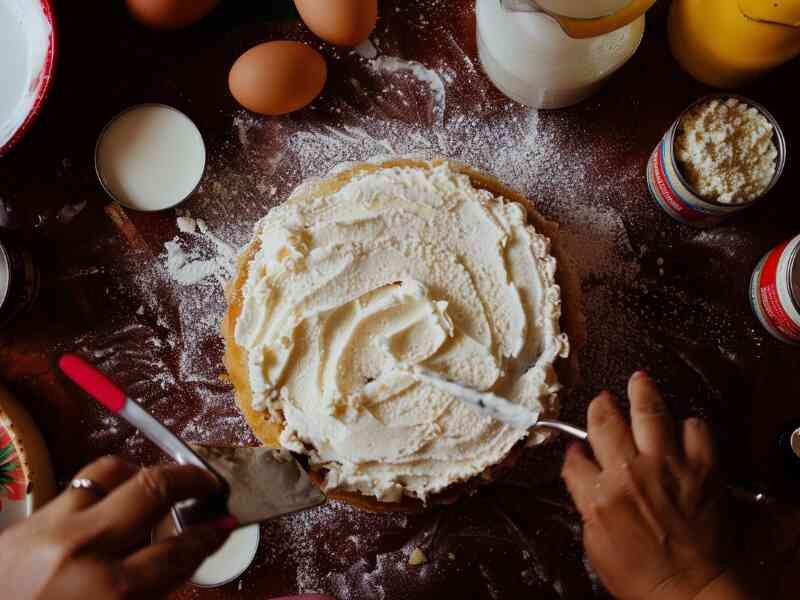
Step 4: In a large mixing bowl, beat the butter and sugar with an electric hand mixer until creamy and smooth, about 1 minute. Scrape the sides of the bowl thoroughly with a spatula.
Step 5: Beat in the vanilla extract with the sugar, butter, eggs, and egg yolks for about 35-40 seconds. Scrape the sides of the bowl as done previously. Gradually add the dry ingredients in two parts to the milk mixture, reducing the mixer speed. Mix until well combined, being careful not to overmix.
Step 6: Fill the Bundt cake molds halfway to prevent overflowing during baking. Bake until puffy and golden brown, approximately 20 minutes.
Step 7: Allow the cake to cool before topping it with your preferred glaze. Below is the glaze recipe.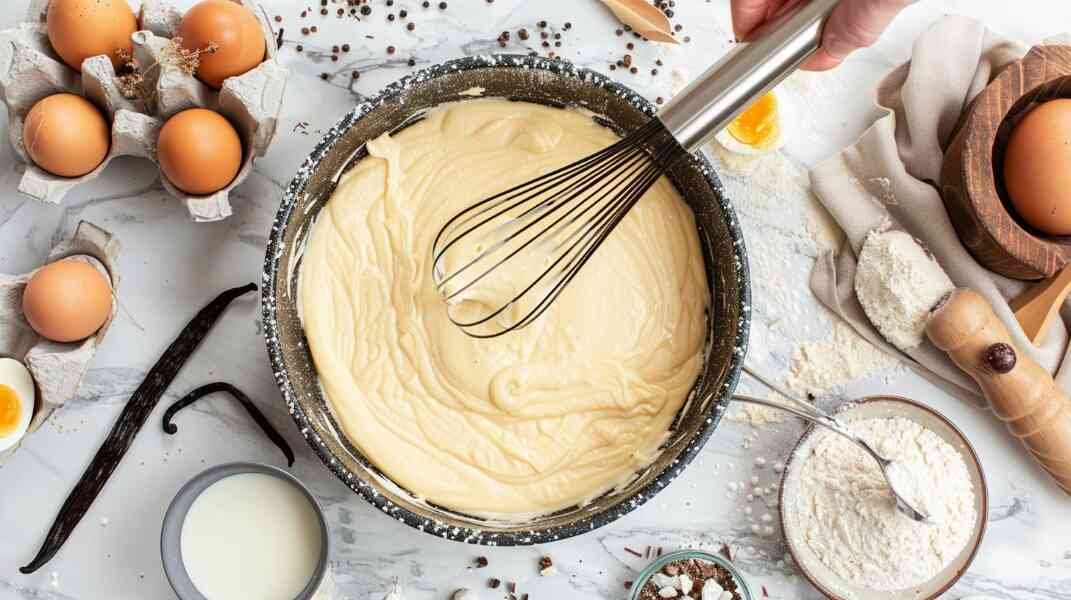
Step 8: Prepare the glaze by mixing all the ingredients according to your preferences. Gradually add the mixture until reaching the desired consistency.
Pro Tips
Here are some pro tips to enhance your preparation of these easy recipe:
- Grease the bundt pan thoroughly: Properly greasing the pan ensures better cake quality and prevents sticking, which can affect the cake’s appearance.
- Use butter at room temperature: Use butter at the specified temperature for greasing the pan and combining ingredients. Monitor room temperature closely during preparation.
- Measure flour accurately: Use the right amount of flour to prevent the small cakes from drying out. Avoid excessive flour to maintain the cake’s texture and quality.
- Allow the cake to cool before glazing: Letting the cake cool completely before applying the glaze prevents it from melting too quickly and ensures a smoother finish.
- Storage tips: Store the cakes in an airtight container at room temperature or in the refrigerator. Ideally, bake them a day before serving to enhance flavor and texture.
- Follow baking times closely: Ensure precise baking times to avoid cakes sinking in the center and to achieve even baking throughout.
Nutrition Information
Let’s explore the nutritional content of these easy small Bundt cake:
- Calories per serving: 132 kcal
- Carbohydrates: 19g
- Protein: 3g
- Fat: 5g (including 3g saturated fat, 0.3g polyunsaturated fat, and 1g monounsaturated fat)
- Cholesterol: 42 mg
- Sodium: 110 mg
- Sugar: 9g
- Iron: 1 mg
- Vitamin C: 0.5 mg
- Vitamin A: 175 IU
- Potassium: 34 mg
- Fiber: 0.4 g
- Calcium: 37 mg
This easy small Bundt cake provides essential nutrients such as vitamins, fiber, calcium, potassium, sodium, and other important food components. These elements are beneficial and should ideally be part of any balanced diet.
History of Easy Small Bundt Cake Recipe
The Bundt cake derives its name from the German word “Bund,” meaning “a gathering” or “a group.” It is a cake baked in a bundt pan and was influenced by traditional European cakes. The term “Bundt” likely originates from the word “bund,” which refers to how the dough is formed around the corrugated center of the pan to give it its distinctive shape.
Outside of Europe, the term Bundt gained popularity in the early 20th century. American businessmen H. David Dalquist and his brother Mark S. Dalquist played a crucial role in boosting the cake’s popularity. Initially, Nordic Ware considered discontinuing the Bundt pan due to poor sales. However, its fortune changed after being featured in the New Good Housekeeping Cookbook in 1963. The turning point came in 1966 when a Bundt cake called the “Tunnel of Fudge,” baked by Ella Helfrich, placed second in a national baking contest. Since then, Nordic Ware has sold over 60 million Bundt pans across North America.
FAQ
1.Which glaze is best for this cake?
You can use chocolate, vanilla, or lemon glazes according to your preference. Personally, I enjoy the lemon glaze.
2.Can I freeze the Bundt cake?
Yes, you can freeze it. Ensure it is properly wrapped to maintain freshness. It can be stored this way for an extended period.
3.How long can I keep it before serving?
It’s best to make the cake a day before serving. You can keep it covered at room temperature for up to two days or in the fridge for up to four days.
4.What sets this cake apart from pound cake?
Bundt cakes are lighter with a tender crumb compared to the denser pound cakes.
5.How can I tell if the cake is baked? Use a toothpick; it should come out clean when inserted into the cake.
Conclusion
In this recipe, I’ve aimed to demonstrate how to easily make a small Bundt cake and provided comprehensive information about it. While some may perceive making a Bundt cake as complex and time-consuming, it is actually quite simple with the right knowledge. I encourage you to give it a try and enjoy serving this delicious cake at home events or celebrations.




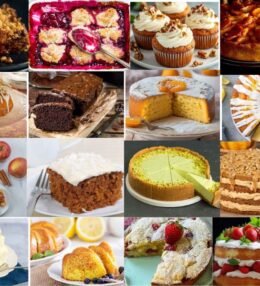
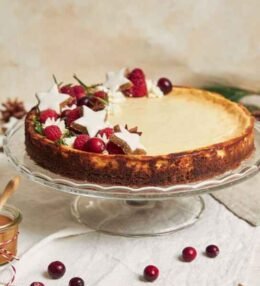
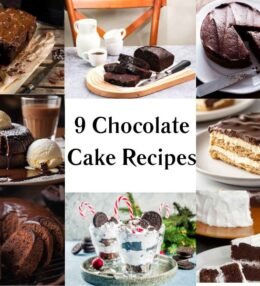

Leave a Review